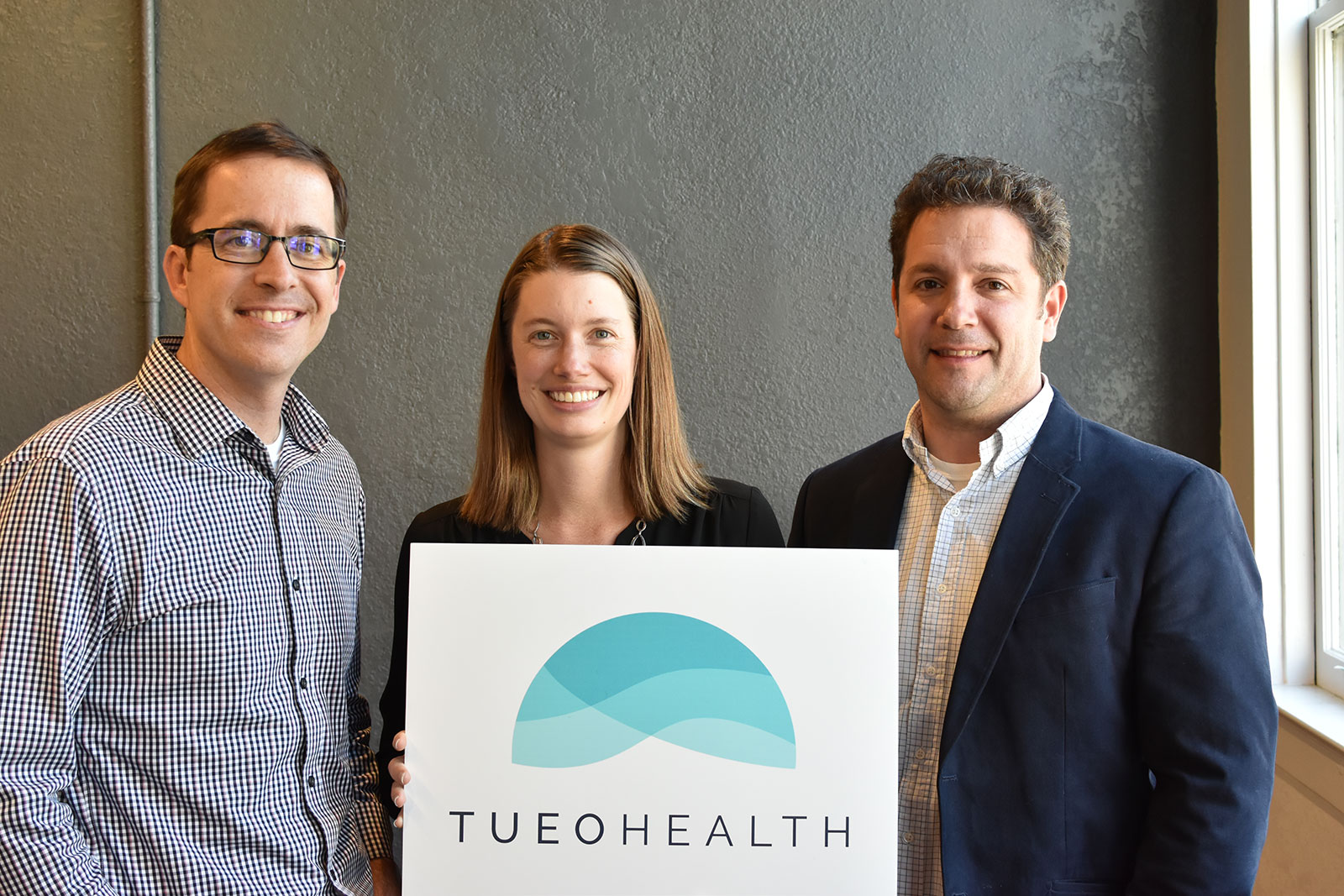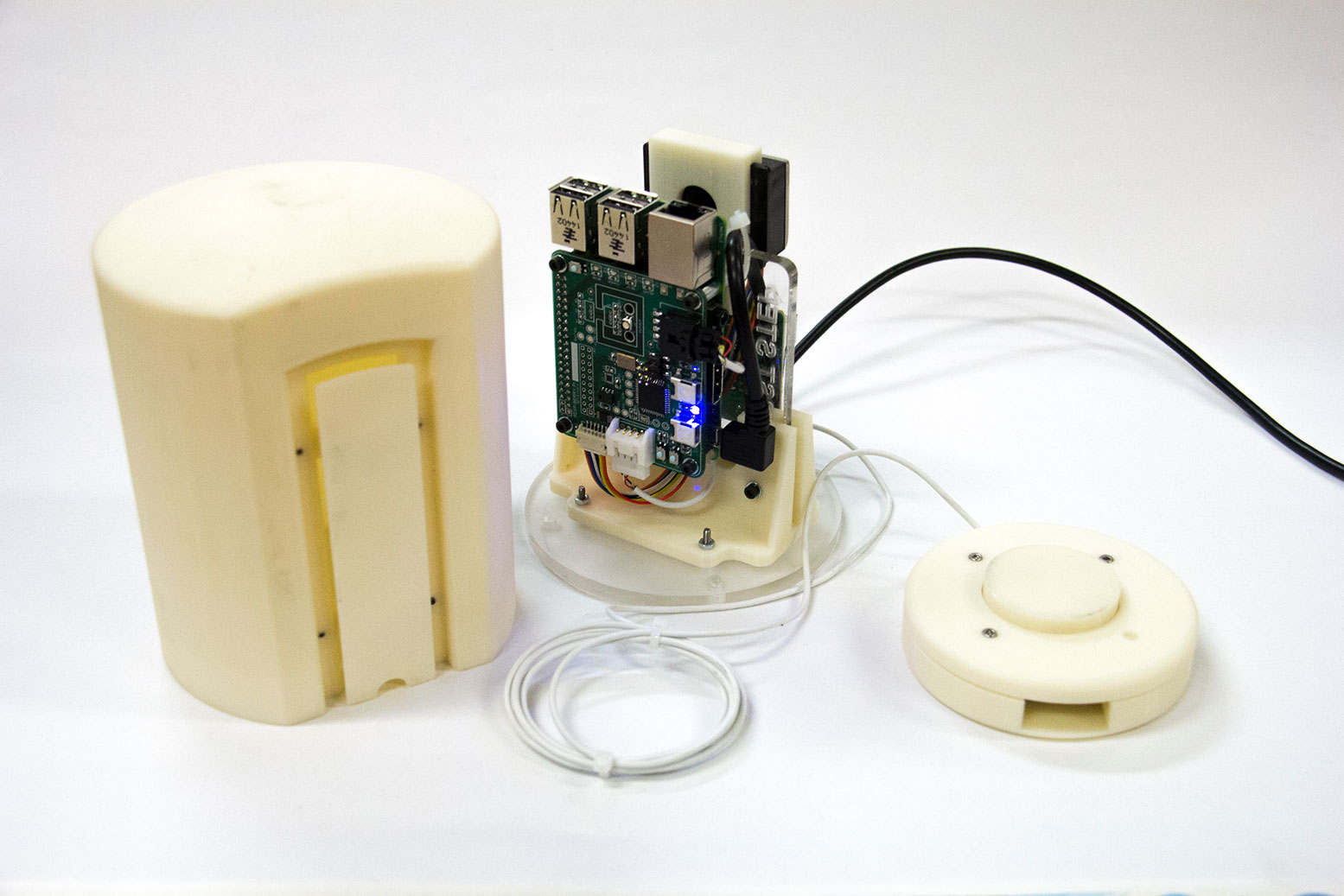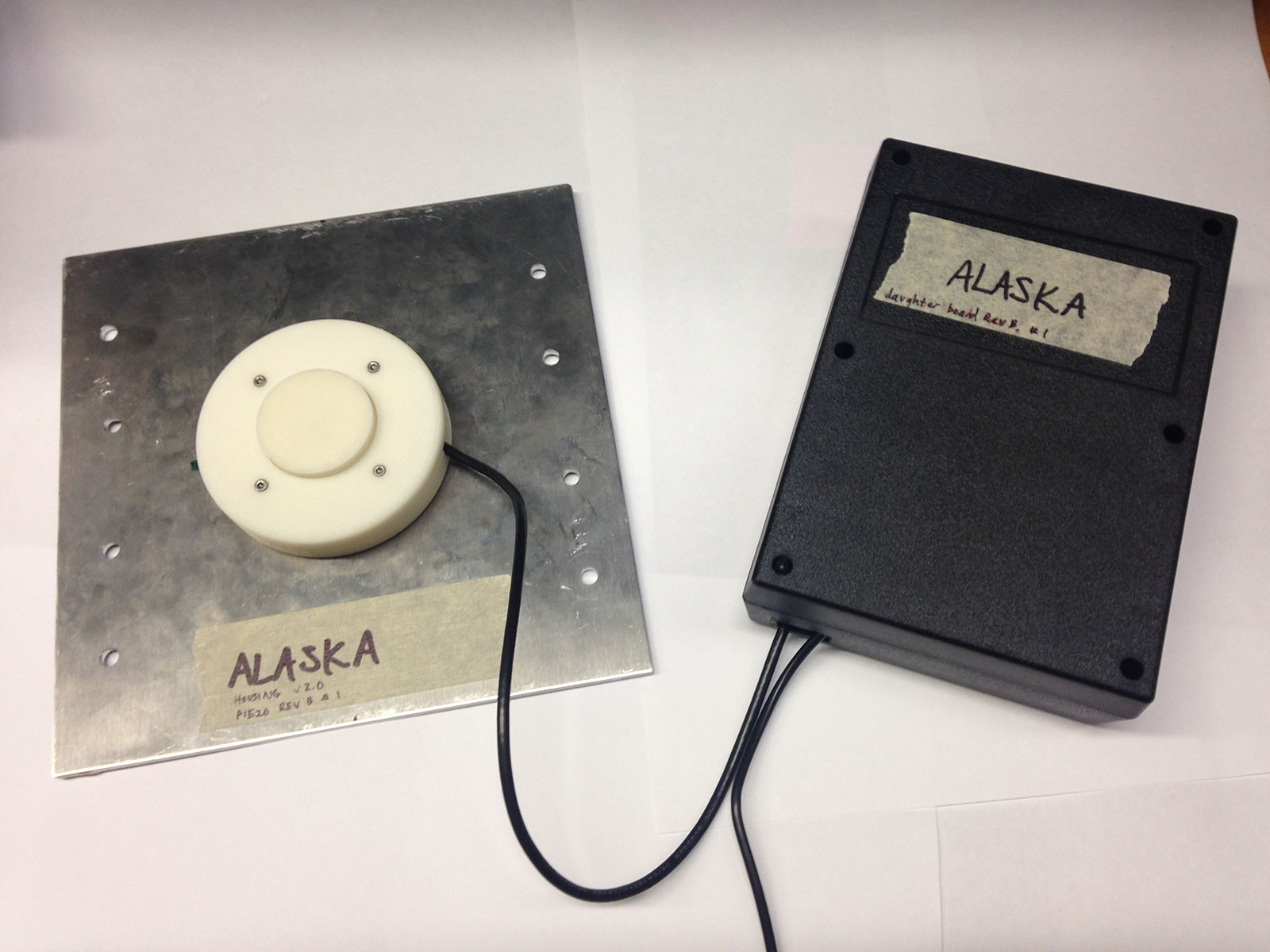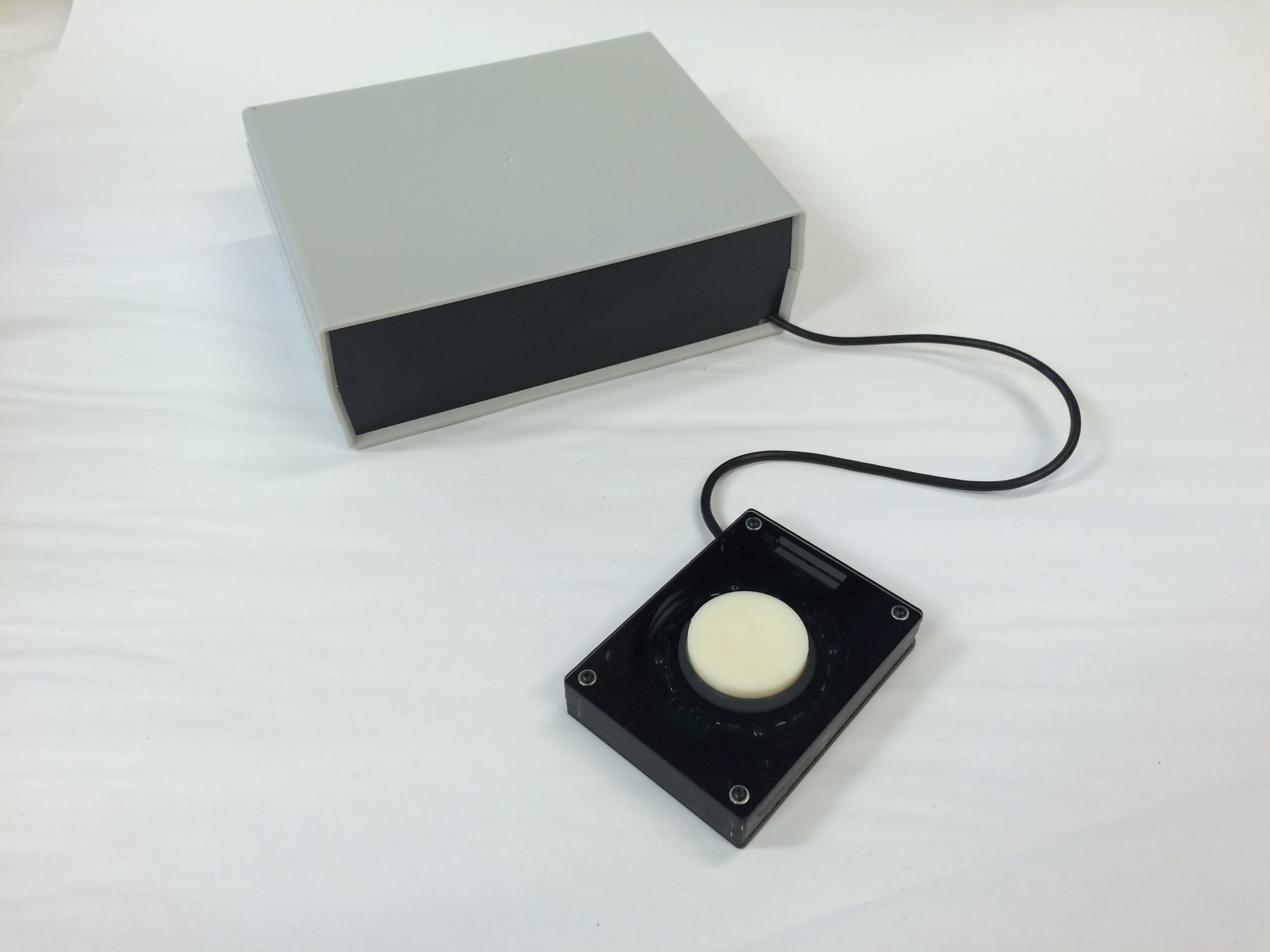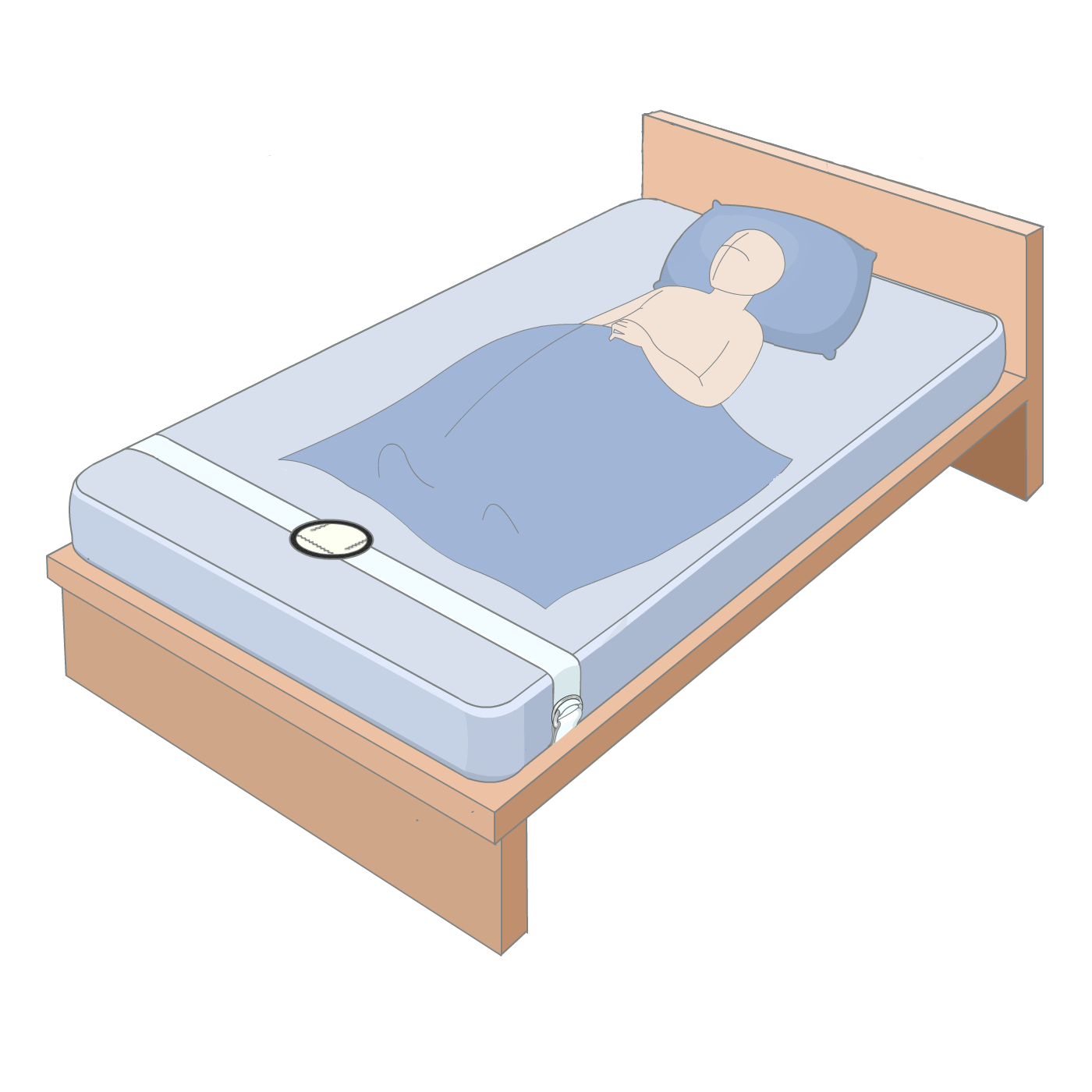Technologies
Tueo Controlling Childhood Asthma:
An Interview with Bronwyn Harris and William Kethman of Tueo Health
What is the need Tueo Health seeks to address?
William: We initially started looking into asthma when a pulmonologist mentioned the challenges of diagnosing asthma. As a team, we went to the pediatric pulmonary clinic and talked to children with asthma and their families. It became clear that it was extremely challenging for parents to manage their child’s asthma. They didn’t have any effective tools, and they often felt helpless.
Bronwyn: I experienced this problem as both a pediatrician and the mother of an asthmatic child. Asthma is a complex disease with multiple triggers and manifestations, and there’s currently no reliable way to tell if the disease is under control or if the child is on the verge of a flare-up. This makes it particularly frustrating and anxiety-provoking to care for children with the condition. And it ultimately results in poor control for patients and high utilization and cost for the healthcare system.
What key insight was most important to guiding the design of your solution?
Bronwyn: When we looked at the competitive landscape, we found plenty of solutions but none that were addressing the core problems parents face. Families want to know if their child’s asthma is under control, and what to do when it’s not. There was no good marker of asthma control, and if you don't have that all other solutions are just Band-aids.
"There was no good marker of asthma control, and if you don't have that all other solutions are just Band-aids."
William: There’s a misconception that, when someone comes into the emergency department, the symptoms they’re experiencing became problematic just hours before they got there. That's true for car accidents and other conditions. But for most of the diseases we treat, there are warning signs and symptoms for days or even weeks before. Often times, they are either not recognized or recognized too late. For asthma, we know that there are typically subtle changes that can be identified 5 to 10 days prior to an exacerbation. Unfortunately, children and caregivers typically miss these changes. We saw this as an opportunity to develop tools to help families understand and prevent flare-ups.
Bronwyn: To determine what could be used as markers of asthma control, we dove into existing clinical literature and began to uncover studies that demonstrated correlation of asthma control with heart rate variability and nocturnal symptoms. At that time, no one was using this information as a part of asthma management. We did the initial translational studies at Stanford showing that outputs from a sleep sensor could be used to assess asthma control and changes in asthma symptoms. This key insight and the foundational research we were able to perform enabled the creation of our passive monitoring and asthma management solution.
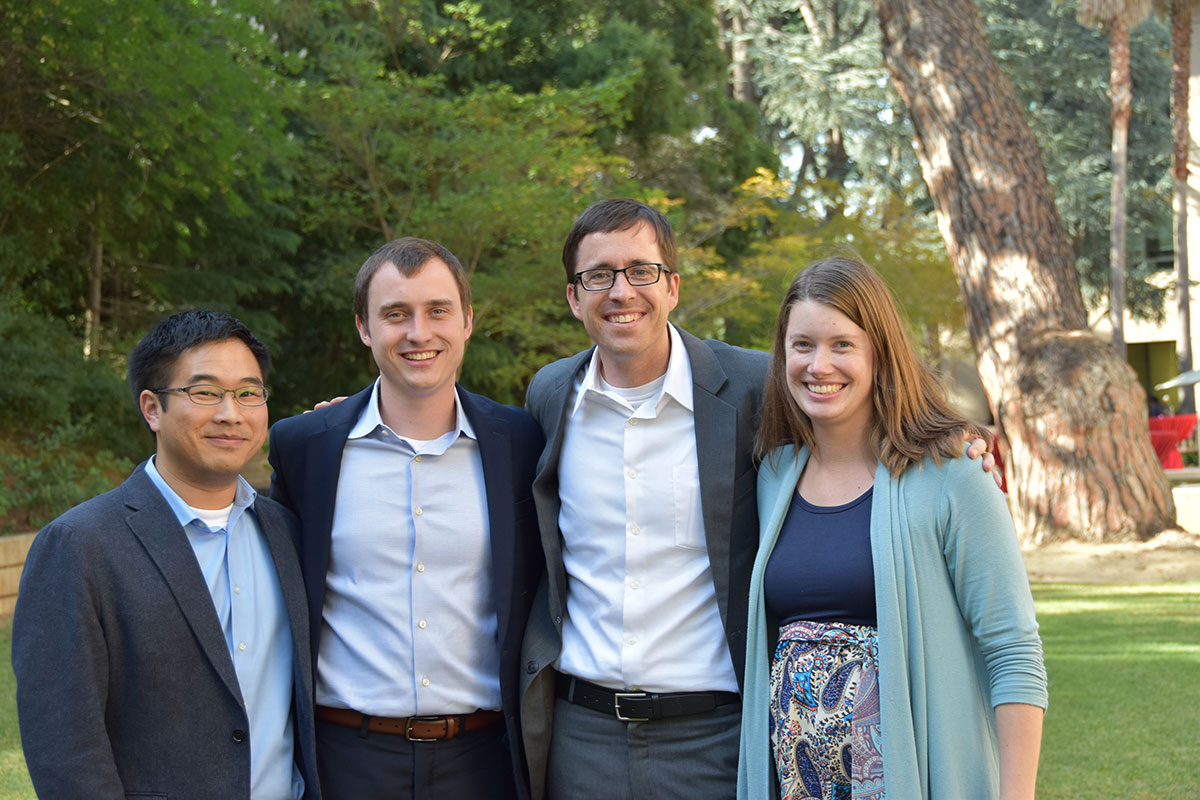 Members of the Tueo Health team Frank Wang, William Kethman, Todd Murphy, and Bronwyn Harris.
Members of the Tueo Health team Frank Wang, William Kethman, Todd Murphy, and Bronwyn Harris.
How does your solution work?
Bronwyn: We use commercially available sensors to monitor asthmatic children while they sleep. Our technology leverages the data from these sensors to create a personalized baseline for each child. Alerts are automatically sent to parents when there are deviations from their child’s baseline. These alerts are interactive and informative – we provide contextual information and just-in-time education and support to help them better manage their child's asthma.
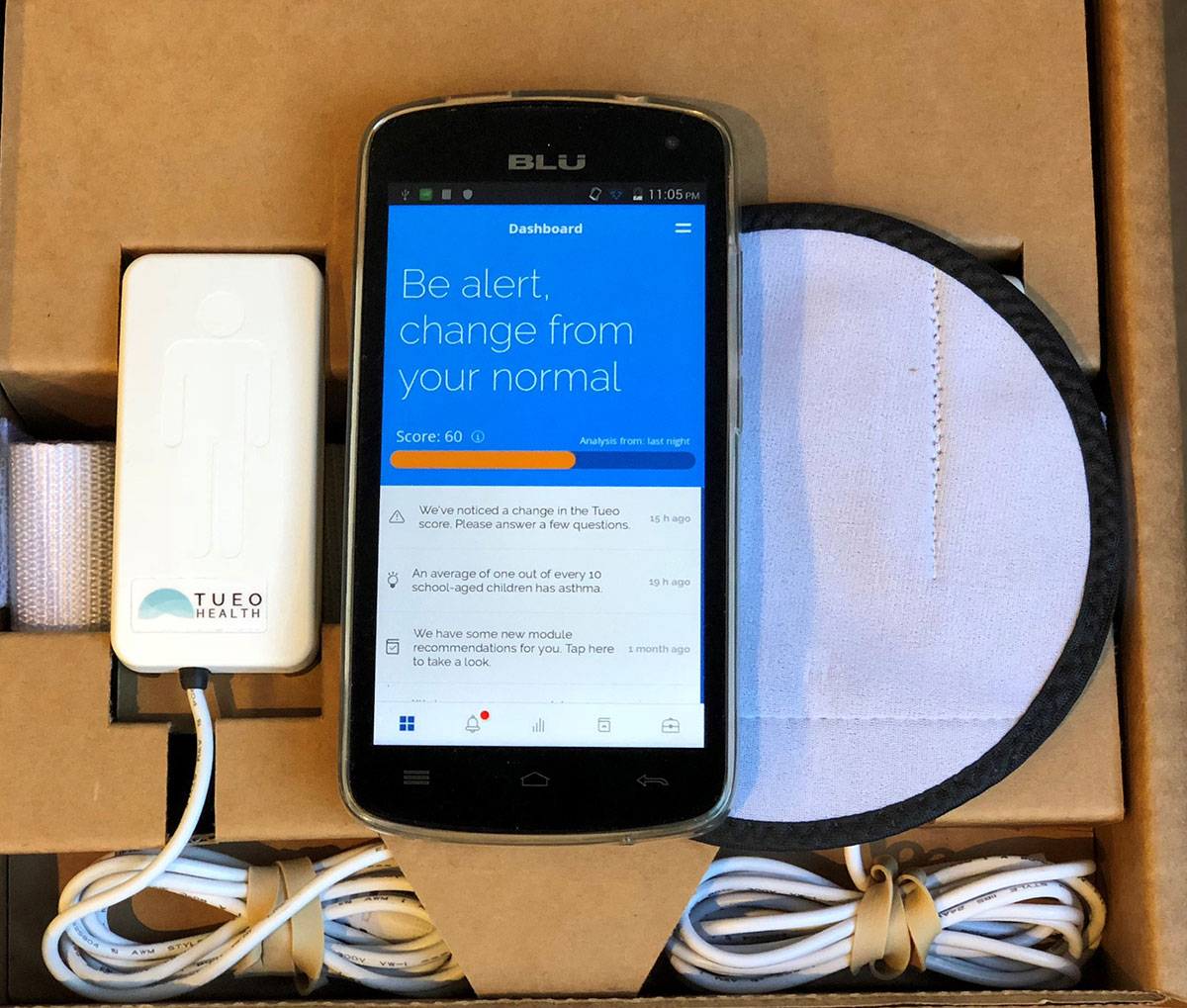 The Tueo Health system includes a non-contact sleep sensor and a smart phone application that given parents access to data and guidance about their child's condition.
The Tueo Health system includes a non-contact sleep sensor and a smart phone application that given parents access to data and guidance about their child's condition.
At what stage of development is the solution?
Bronwyn: We’ve completed a randomized clinical study showing the efficacy of the technology. Now we’re forming commercial partnerships with integrated health care systems and insurance companies.
What are your plans for the future?
Bronwyn: In parallel with our commercial rollout, we’ll be expanding our technology to help adults with asthma. After that, we plan to tackle chronic obstructive pulmonary disease, which is another condition that doesn’t have a good measure of control.
"We'll be expanding our technology to help adults with asthma. After that, we plan to tackle chronic obstructive pulmonary disease..."
Tell us about a major obstacle you encountered and how you overcame it.
Bronwyn: When we first started out, sleep sensors that could reliably measure the required physiologic parameters were not commercially available. So we started to develop our own sensor. However, we quickly realized that it was going to take a lot of time and money to develop sensor technology that we could manufacture at scale while ensuring the accuracy and integrity of the data.
William: Fortunately, we came across a company with a new product that did a lot of the things that we needed to do, in a form we thought we could deploy. This stroke of luck shortened our development timeline, saved us millions of dollars, and allowed us to move more quickly into the large clinical study that we just completed.
Reflecting on your experience, what advice do you have for other health technology innovators?
Bronwyn: With innovators coming out of university programs, I think there’s a tendency to feel like you should incorporate and launch a company as quickly as possible. But don’t rush it. There’s a lot of value in spending time under the umbrella of Stanford or another academic institution – especially if you can be supported by grant funding – to make sure you deeply understand the need and to hone aspects of your solution before raising significant money, which comes with substantial responsibilities and a ticking clock.
William: The extra time allows you to really think through your approach and de-risk your project before you commit to raising capital and spending years of your life working on it. For us, it meant that when we finally started meeting with prospective investors and potential business partners, we had most of the answers to their difficult questions.
Bronwyn Harris and William Kethman co- founded Tueo Health out of the Biodesign Innovation Fellowship in 2015 with teammates Todd Murphy, and Frank Wang. Innovation Fellow Michael Carchia (2015-16) is the company's CTO. To learn more, visit the Tueo Health website.
Disclaimer of Endorsement: All references to specific products, companies, or services, including links to external sites, are for educational purposes only and do not constitute or imply an endorsement by the Byers Center for Biodesign or Stanford University.

